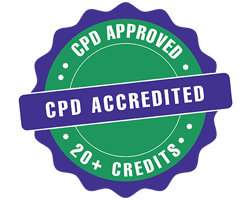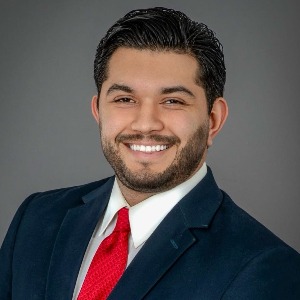Title : Functional outcomes and imaging-related factors in Distal Radius Fractures(DRF) among older adults: A comprehensive review
Abstract:
Background: Distal Radius Fractures (DRFs) are common in older adults, often resulting in significant functional impairments and reduced quality of life. Radiographic parameters such as dorsal/volar angulation, radial inclination, radial height, ulnar variance, and articular incongruity are emphasized in treatment planning, yet their relationship with functional recovery remains inconsistent. This systematic review synthesizes evidence from 23 studies to evaluate the associations between imaging-related factors and functional outcomes in elderly DRF patients, aiming to inform strategies that prioritize functionality over strict radiological alignment.
Methods: A review of 23 studies was conducted, analyzing radiographic parameters—dorsal/volar angulation, radial inclination/height, ulnar variance, and articular incongruity—and their relationship with functional recovery. Outcomes were assessed using metrics such as the Disabilities of the Arm, Shoulder, and Hand (DASH) score, the Patient-Rated Wrist Evaluation (PRWE), grip strength, and range of motion. Treatment approaches, including surgical (e.g., volar locking plate fixation) and conservative (e.g., casting) methods, were evaluated for their effectiveness.
Results: Radial inclination/height (14/23 studies), dorsal/volar angulation (10/23), and ulnar variance (10/23) were the most frequently studied radiographic factors. Surgical interventions improved radiological alignment but did not consistently correlate with better functional outcomes. Radial shortening and articular step-off were associated with worse outcomes, while radial inclination and ulnar variance correlated with improved recovery. Grip strength and range of motion emerged as stronger predictors of functional recovery than radiographic alignment, underscoring the importance of patient-centered approaches. Variability in findings highlights the influence of individual factors like age, comorbidities, and activity levels.
Conclusion: Radiological parameters have limited predictive value for functional recovery in elderly DRF patients. Management should prioritize functionality, grip strength, and range of motion over radiographic alignment. Personalized protocols are essential to address the unique needs of older adults and improve long-term outcomes.
Funding: This research did not receive any specific grant from funding agencies in the public, commercial, or not-for-profit sectors.




